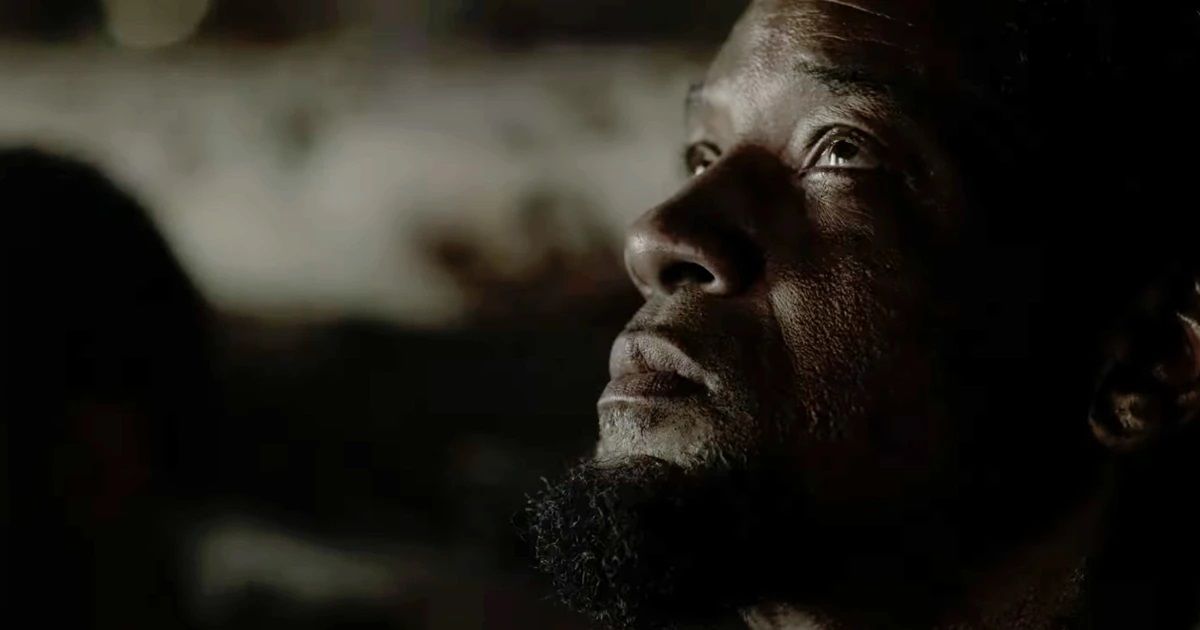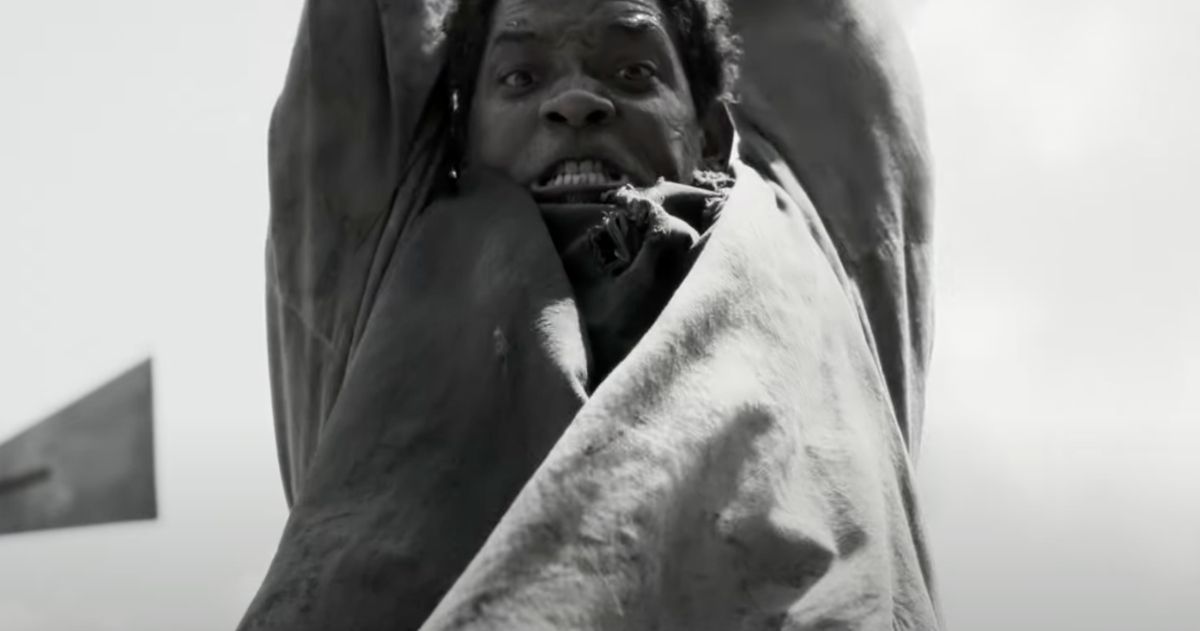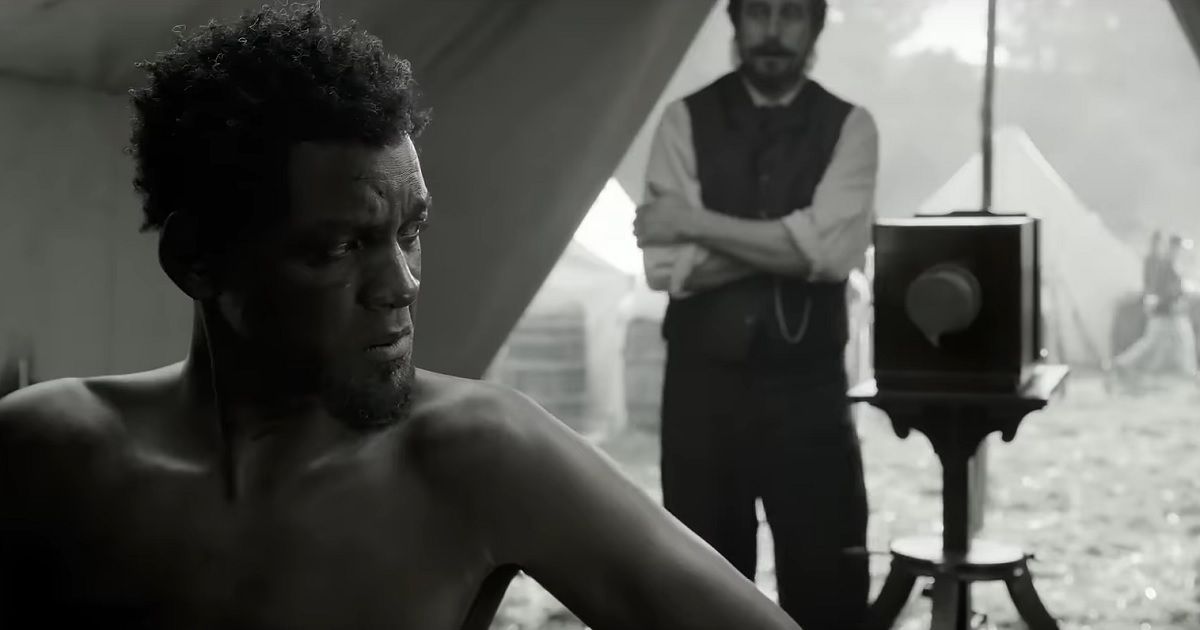Will Smith's career has been in a state of limbo ever since the infamous slap at the Oscars back in March. Many of his projects, including a National Geographic nature show and the Civil War drama Emancipation, were delayed, given how toxic he had become for the Academy. A sequel to Smith's Bright was also canceled by Netflix weeks after, though it appears this was bound to happen anyway.
However, after months of uncertainty, Emancipation has been given a release date by Apple TV+: it will come out this year, in time for the Oscars — though whether or not anyone will vote for Will Smith to win Best Actor is another question.
Before the fiasco, anticipation for Emancipation was already high. Even in March, it was expected to be a major awards season presence in 2023, with Smith considered a front-runner for Best Actor. The first trailer for the film was recently released, and it seems the high respect was well-placed. The movie centers around the efforts of Peter (Will Smith) to escape captivity as a slave in Louisiana and meet up with the Union Army, who will guarantee his freedom.
The film is beautifully shot in stunning black-and-white, and it promises drama, suspense, and even potentially some large-scale Civil War battles. And like the last major slave narrative film, Steve McQueen's 12 Years a Slave, it is based on a true story. Here is what we know about the real story of the man who escaped slavery and fought in the Civil War.
Emancipation: The True Story
The film's story is inspired by a real man named Gordon, who escaped a slave plantation in Louisiana. Although not much is known about his life on the Louisiana plantation, before his escape, Gordon had been whipped so severely by his master that he was bedridden for two months. It goes without saying that he undoubtedly suffered countless atrocities while there. Eventually, in March 1863, he filled his pockets with onions and fled the plantation. On his journey, he was chased by bloodhounds and slave hunters, but he was able to keep them off his trail by frequently crossing creeks and rivers and rubbing his body with the onions, masking his scent.
After forty miles and ten days, Gordon finally reached freedom when he encountered a regiment of the Union Army stationed at Baton Rouge, Louisiana. The Emancipation Proclamation had been declared three months prior, allowing freed slaves to enlist in the army, so Gordon promptly signed up, serving as a local military guide. At some point, he was taken prisoner by the Confederates, beaten near death, left to die, and once again escaped back to Union lines.
The experience didn't deter him in any way, however, and Gordon was enlisted in what was called a U.S. Colored Troops unit — an all-Black regiment of soldiers that was a first for the country. In May 1863, only two months after he fled captivity, Gordon fought at the Siege of Port Hudson. This important battle allowed the Union Army to solidify its control of the entire Mississippi River, a crucial strategic asset. This was the first time in U.S. history that African American soldiers played a central role in a military assault.
Inspired By One of the Most Famous Photos of the 1800s
When Gordon first escaped captivity and made it to the Union Army camp at Baton Rouge, he reportedly became the subject of one of the most important and famous photographs of the 20th century, which documents the horrific scarring on his back from repeated whippings. The photo was printed by Harper's Weekly in 1863, the most widely read magazine at the time, and became a symbol of the abolitionist movement.
Most people in the country, especially those in the Northern states, had never directly seen the extreme suffering that slavery caused. The disturbing photo opened many people's eyes to the evil and immorality of the practice and helped convince them that slavery should be abolished entirely. Journalist Joan Paulson Gage wrote recently in the New York Times that this photo was one “of the earliest and most dramatic examples of how the newborn medium of photography could change the course of history.”
Today, historians believe that the man who escaped slavery and the man with a scarred back are probably two separate people. One of them seems to have been named Gordon, and the other Peter, and it appears the 1863 Harper's Bazaar article conflated their stories.
It's not yet clear how Emancipation will handle the real-life stories, but we know so far that the cast list includes two separate characters: Peter (Will Smith) and Gordon (Gilbert Owuor). In the trailer, however, Will Smith can be seen with his back being photographed at an Army camp, in the pose of the famous Peter/Gordon photo. Therefore, it seems likely that the film will conflate their stories as well, having Will Smith both escape the plantation and be the subject of the famous photo.



